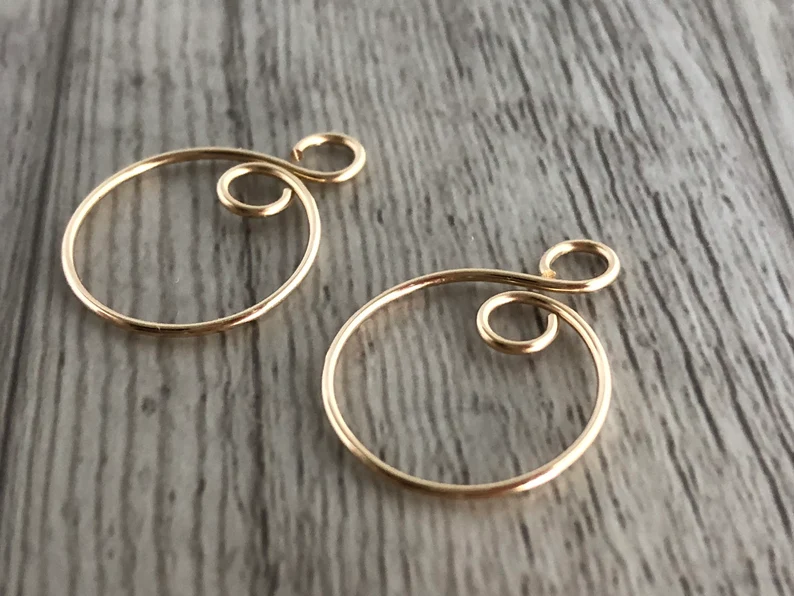Behind the Sparkle: The Essentials of Jewelry Findings
Introduction
Jewelry, with its mesmerizing beauty, often captures our attention through its dazzling gemstones and intricate designs. Yet, there’s an unseen world of components that make these creations possible. Enter jewelry findings, the unsung heroes that provide structure, functionality, and versatility to our beloved adornments. In this blog post, we uncover the significance, types, and essential role of jewelry findings in the world of jewelry craftsmanship.

1. The Significance of Jewelry Findings
Jewelry findings are critical for various reasons:
- Structure: They provide the framework that holds jewelry components together.
- Functionality: Findings ensure that jewelry is easy to wear and secure.
- Versatility: They allow for customization, enabling designers to create unique pieces.
2. Common Jewelry Finding Types
Explore some of the most essential jewelry findings:
- Jump Rings: These small, circular rings connect various components like charms and pendants to chains or bracelets.
- Clasps: Clasps are the fasteners that allow you to open and close necklaces, bracelets, and chains securely.
- Earwires: These are the components that attach earrings to your ears, coming in various shapes and styles.
- Headpins and Eyepins: These are essential for creating dangles and attaching beads or gemstones to jewelry.
- Crimp Beads and Tubes: They are used to secure the ends of beading wire, ensuring durability and flexibility.
3. How Findings Enhance Jewelry Design
While primarily functional, findings can also contribute to the aesthetics of jewelry:
- Decorative Clasps: Some clasps feature intricate designs, adding a touch of elegance to the piece.
- Bead Caps: These findings can be used to add a decorative element to beads, enhancing their visual appeal.
- Connector Findings: Connectors often have unique shapes or designs that can become a focal point in jewelry.
4. Choosing the Right Findings
Selecting the right findings is crucial for jewelry design:
- Metal Type: Consider the metal type (e.g., gold, silver, stainless steel) to match the overall design and wearer’s preferences.
- Functionality: Ensure that findings serve their intended purpose, whether it’s securing a clasp or connecting components.
- Aesthetic Match: Findings should complement the overall design, whether they blend in or add decorative elements.
5. Care and Maintenance
Proper care ensures the longevity of jewelry findings:
- Regular Inspection: Check findings for any signs of wear or damage, especially clasps and jump rings.
- Cleaning: Clean findings gently to remove dirt or tarnish, preserving their appearance and functionality.
Conclusion: The Unseen Craftsmanship
Jewelry findings may go unnoticed, but they are the backbone of every piece of jewelry we cherish. They ensure that our jewelry remains both functional and beautiful, offering endless possibilities for creativity and customization. Next time you admire a piece of jewelry, remember that behind the sparkle and glamour, there’s a world of meticulous craftsmanship and thoughtful selection of findings.
